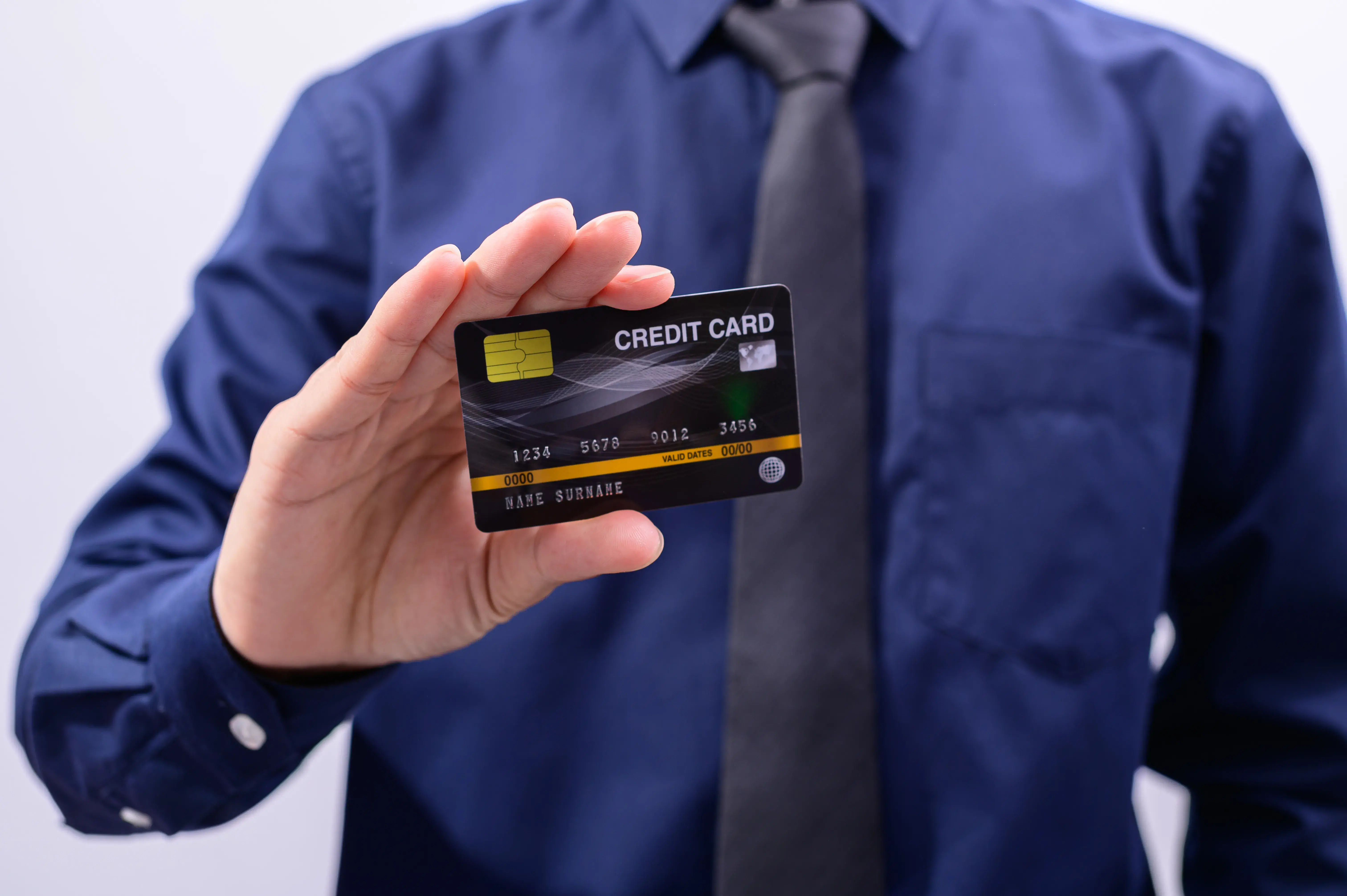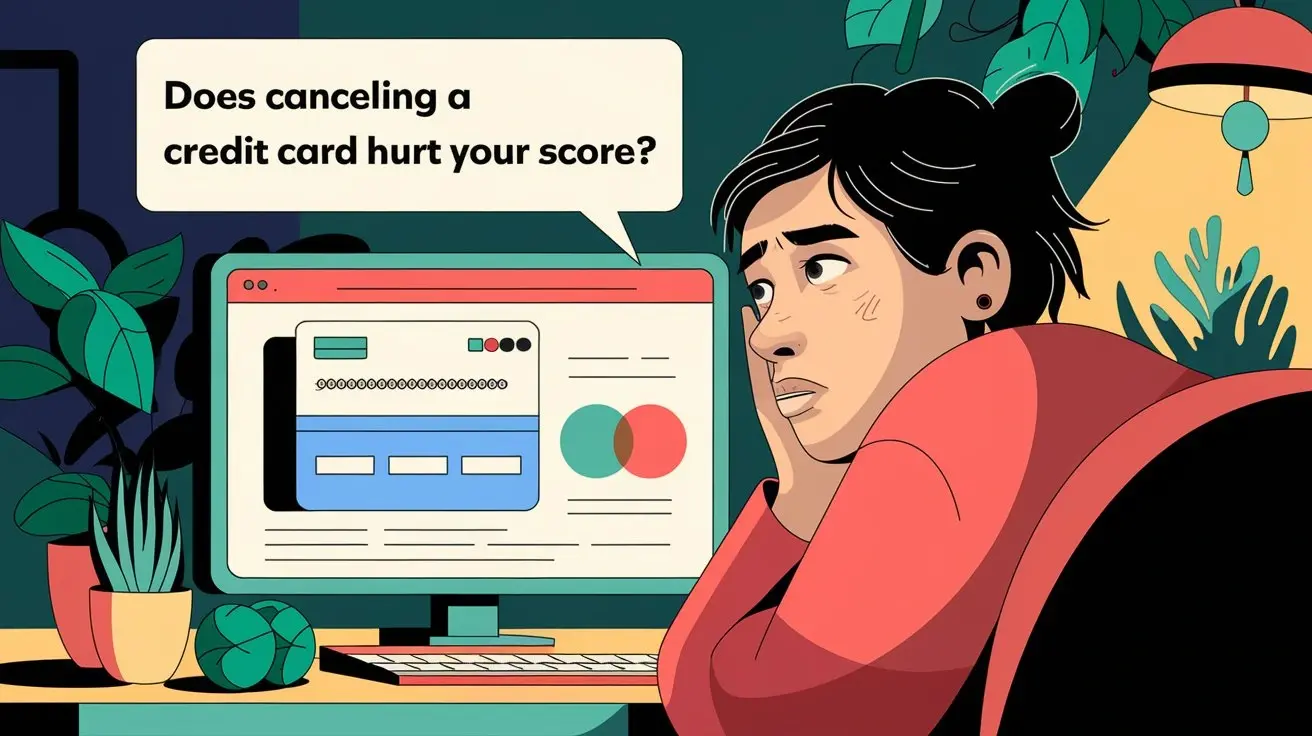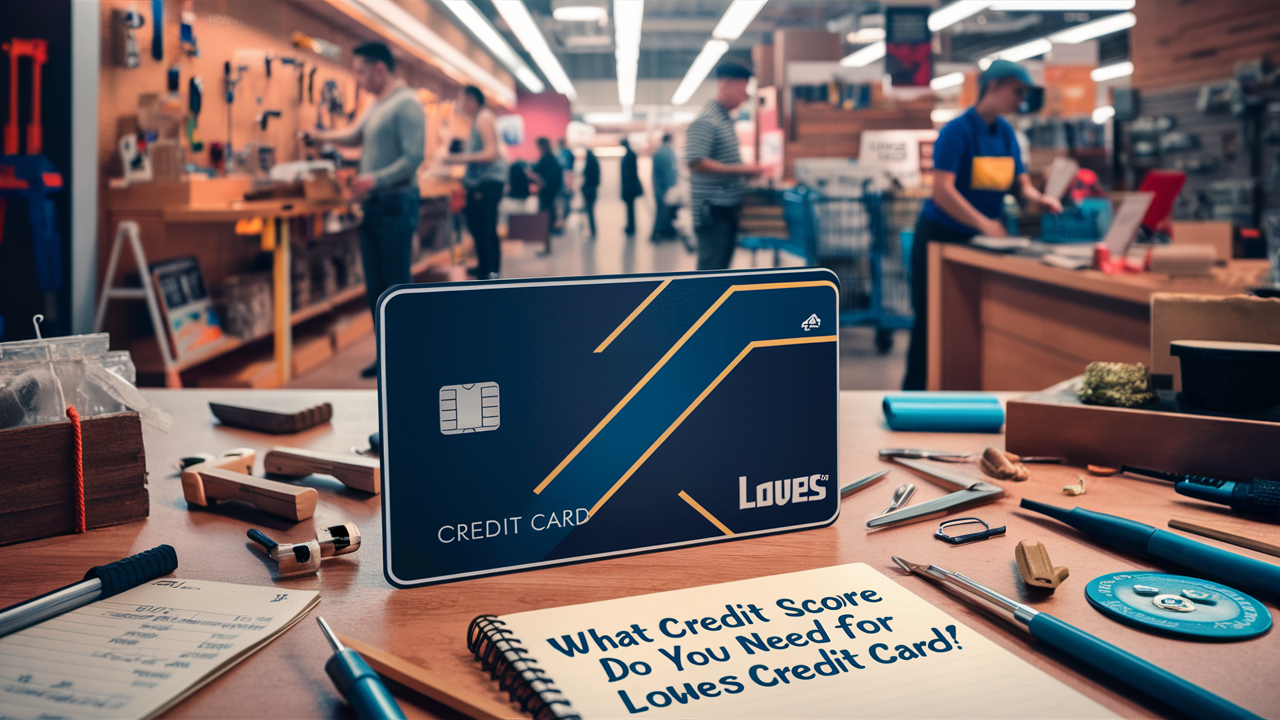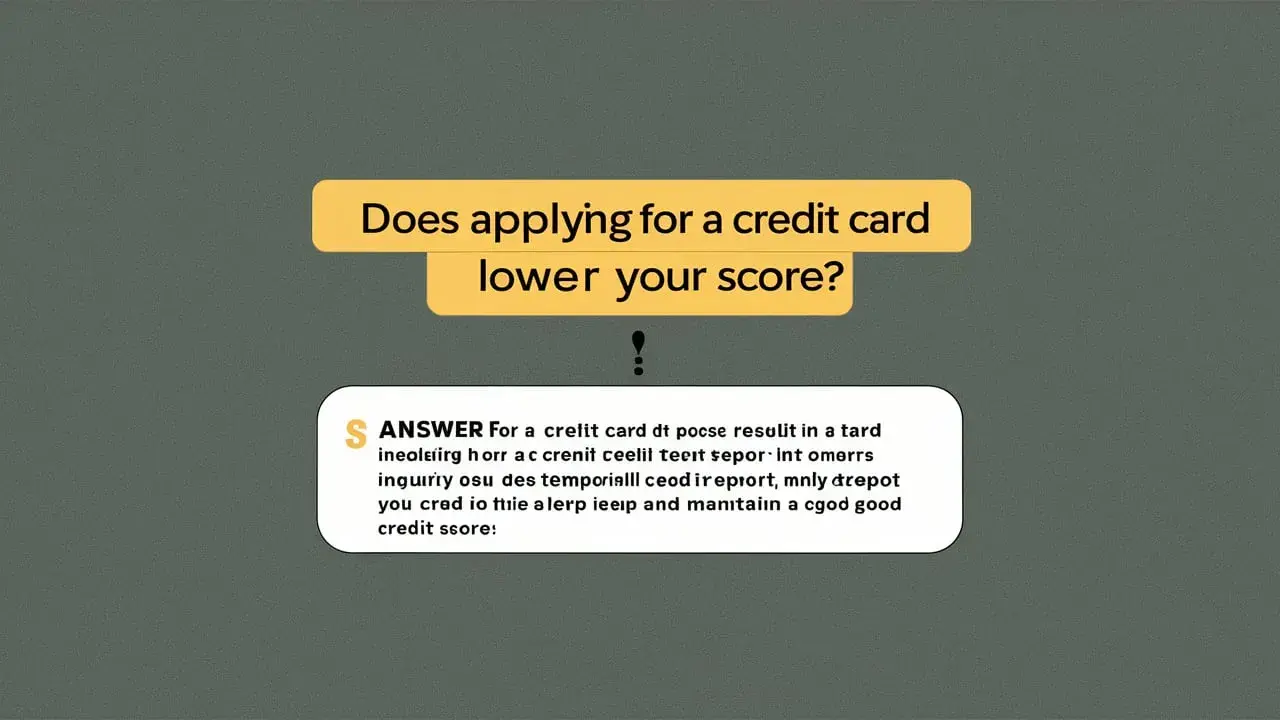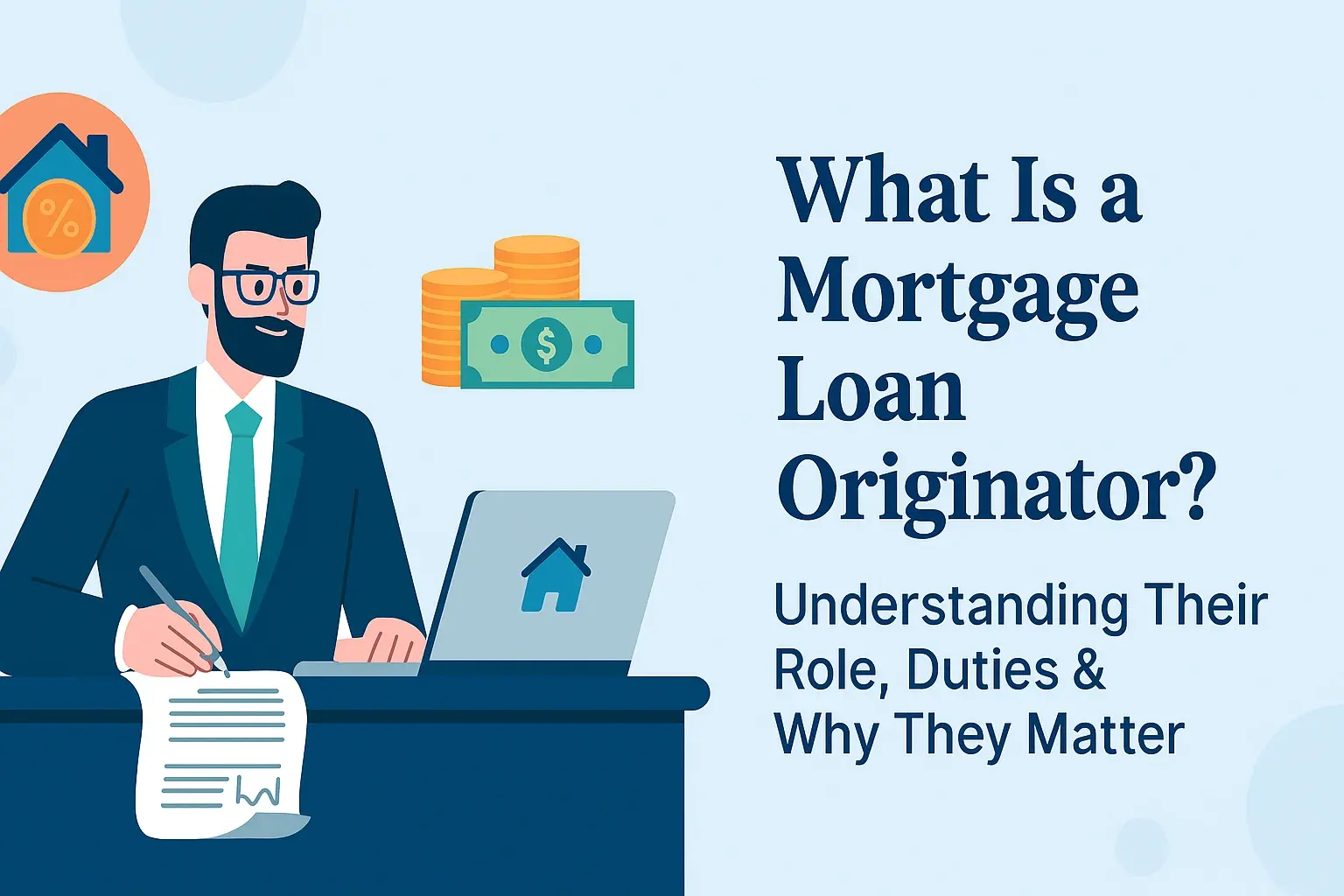-
Posted on: 21 Dec 2022

-
Discover the most effective strategies to rapidly eliminate your debt and regain financial freedom. This comprehensive guide provides actionable steps and expert insights tailored to help you conquer your financial obligations faster than you thought possible. We'll cover everything from budgeting to debt consolidation and negotiation, ensuring you have the tools to achieve your debt-free goals.
Understanding Your Debt Landscape
Embarking on a journey to get out of debt fast requires a clear and honest assessment of your current financial situation. Before you can effectively tackle your obligations, you need to understand the full scope of what you owe. This involves more than just knowing the total amount; it means dissecting each debt to understand its terms, interest rates, and minimum payments. By gaining this comprehensive view, you empower yourself to make informed decisions and create a targeted plan for rapid debt elimination. In 2025, understanding your debt is the foundational step to achieving financial liberation.
Inventorying All Your Debts
The first crucial step is to create a complete list of every single debt you currently have. This includes credit cards, personal loans, auto loans, student loans, mortgages, medical bills, and any other outstanding financial obligations. Don't forget about smaller debts or those that might seem less significant; they all contribute to your overall debt burden.
Credit Card Debt
Credit card debt is often the most challenging due to high interest rates. List the card issuer, the outstanding balance, the Annual Percentage Rate (APR), and the minimum monthly payment for each card.
Personal Loans and Lines of Credit
These can include unsecured personal loans, home equity lines of credit (HELOCs), and payday loans. Note the lender, balance, interest rate, and monthly payment. Pay close attention to the interest rates, as these can significantly impact how quickly you pay off the debt.
Auto Loans and Mortgages
While typically secured by an asset, these are significant debts. Record the lender, outstanding balance, interest rate, and monthly payment. Understanding the equity in your home or vehicle can also be beneficial.
Student Loans
Federal and private student loans have various repayment plans and interest rates. Categorize them by type and note the balances, rates, and payment amounts.
Medical Bills and Other Debts
Don't overlook medical collections, utility arrears, or any other outstanding bills. These can impact your credit score if not managed properly.
Calculating Your Total Debt Burden
Once you have a comprehensive list, sum up all the outstanding balances to determine your total debt burden. This figure can be daunting, but it's essential for setting realistic goals. For instance, if your total debt is $50,000, your goal might be to reduce this by $15,000 in the first year.
Analyzing Interest Rates (APR)
The Annual Percentage Rate (APR) is a critical factor in how quickly your debt grows. High-APR debts, particularly credit cards, can make it feel like you're standing still, even with consistent payments. Prioritizing debts with the highest APRs is often the fastest way to reduce the total interest paid over time. As of 2025, average credit card APRs can range from 18% to over 30%, making them a significant financial drain.
Understanding Minimum Payments vs. Total Payments
It's vital to distinguish between minimum payments and the total amount you can afford to pay. Making only minimum payments on high-interest debt can lead to paying more in interest than in principal over many years. To get out of debt fast, you must aim to pay significantly more than the minimum on at least some of your debts.
Mastering Your Budget for Accelerated Debt Reduction
A robust budget is the engine that drives your debt-reduction efforts. Without a clear understanding of where your money goes, it's impossible to find the extra funds needed to pay down debt aggressively. In 2025, financial discipline through budgeting remains paramount for achieving rapid debt freedom. This section will guide you through creating and optimizing a budget that prioritizes debt repayment.
Creating a Realistic Spending Plan
Start by tracking your income and all your expenses for at least one month. Use budgeting apps, spreadsheets, or even a notebook. Categorize your spending into fixed expenses (rent/mortgage, loan payments, insurance) and variable expenses (groceries, utilities, entertainment, transportation).
Income Sources
List all sources of income after taxes. This includes your primary salary, any side hustle income, freelance earnings, or benefits.
Fixed Expenses
These are costs that generally remain the same each month. Examples include:
- Mortgage or Rent
- Car Payments
- Student Loan Payments
- Insurance Premiums (health, auto, home/renters)
- Minimum Debt Payments
Variable Expenses
These costs fluctuate based on your usage and choices. Examples include:
- Groceries
- Utilities (electricity, gas, water)
- Transportation (gas, public transport, car maintenance)
- Dining Out and Entertainment
- Personal Care
- Clothing
- Subscriptions
Identifying Areas for Spending Cuts
Once you have a clear picture of your spending, identify non-essential expenses that can be reduced or eliminated. This is where the "fast" in "get out of debt fast" truly comes into play. Every dollar saved can be redirected towards debt repayment.
Discretionary Spending
Look at categories like dining out, entertainment, subscriptions you don't use, impulse purchases, and luxury items. Can you cook at home more often? Find free or low-cost entertainment options? Cancel unused memberships?
Optimizing Essential Spending
Even essential spending can often be optimized. For groceries, plan meals and avoid impulse buys. For utilities, conserve energy and water. For transportation, consider carpooling or using public transport if feasible.
Allocating Extra Funds to Debt
The core of accelerated debt reduction is dedicating any surplus income towards your debts. This means treating debt repayment as a non-negotiable expense, just like rent or utilities.
The "Debt Snowball" vs. "Debt Avalanche" Method
These are two popular budgeting strategies for debt repayment:
- Debt Snowball: Pay minimums on all debts except the smallest, on which you make the largest possible extra payment. Once the smallest is paid off, roll that payment amount into the next smallest debt, creating a "snowball" effect. This method provides psychological wins.
- Debt Avalanche: Pay minimums on all debts except the one with the highest APR, on which you make the largest possible extra payment. Once the highest APR debt is paid off, roll that payment amount into the debt with the next highest APR. This method saves you the most money on interest over time.
In 2025, while both methods are effective, the Debt Avalanche is mathematically superior for minimizing interest paid and therefore achieving debt freedom faster.
Automating Savings and Payments
Automate your savings and debt payments to ensure consistency. Set up automatic transfers from your checking account to your savings account and to your debt payments. This removes the temptation to spend the money and ensures you're always on track.
Proven Strategies to Get Out of Debt Fast
Once your budget is in place and you've identified areas to cut spending, it's time to implement specific strategies to accelerate your debt repayment. These methods, when applied diligently, can significantly shorten your debt-free timeline. In 2025, combining smart repayment tactics with increased income is key.
The Debt Avalanche Method Explained
As mentioned earlier, the Debt Avalanche method prioritizes paying off debts with the highest interest rates first. This is the most mathematically efficient way to pay down debt because it minimizes the total amount of interest you pay over the life of your loans.
Example:
Debt Type Balance APR Minimum Payment Credit Card A $5,000 25% $150 Personal Loan B $10,000 10% $300 Car Loan C $15,000 5% $400 With the Debt Avalanche, you would pay the minimum on Credit Card A and Personal Loan B, and put all extra funds towards Credit Card A because it has the highest APR (25%). Once Credit Card A is paid off, you would then focus all your extra payments on Personal Loan B (10% APR), and then finally Car Loan C (5% APR).
The Debt Snowball Method Explained
The Debt Snowball method focuses on paying off debts from smallest balance to largest, regardless of interest rate. The psychological wins of quickly eliminating smaller debts can provide motivation and momentum.
Example (using the same debts as above):
Debt Type Balance APR Minimum Payment Credit Card A $5,000 25% $150 Personal Loan B $10,000 10% $300 Car Loan C $15,000 5% $400 With the Debt Snowball, you would pay the minimum on Personal Loan B and Car Loan C, and put all extra funds towards Credit Card A because it has the smallest balance ($5,000). Once Credit Card A is paid off, you would then focus all your extra payments on Personal Loan B ($10,000 balance), and then finally Car Loan C ($15,000 balance).
While the Debt Avalanche saves more money, the Debt Snowball can be more motivating for some individuals. Choose the method that best suits your personality and financial situation.
Debt Consolidation Options
Debt consolidation involves combining multiple debts into a single, new loan or payment. This can simplify your finances and potentially lower your interest rate.
Balance Transfer Credit Cards
Many credit cards offer introductory 0% APR periods for balance transfers. This can be a powerful tool if you can transfer high-interest debt to a card with a 0% APR for 12-21 months. Be aware of balance transfer fees (typically 3-5%) and ensure you can pay off the balance before the introductory period ends.
Personal Loans for Debt Consolidation
A personal loan can be used to pay off multiple debts, leaving you with one monthly payment. If you have good credit, you might qualify for a lower interest rate than your current debts.
Home Equity Loans or HELOCs
If you own a home with equity, you might consider a home equity loan or HELOC. These often have lower interest rates than unsecured debt, but they put your home at risk if you can't make payments.
Debt Management Plans (DMPs)
Offered by non-profit credit counseling agencies, a DMP consolidates your unsecured debts into one monthly payment. The agency negotiates with your creditors for lower interest rates and fees. You make one payment to the agency, which then distributes it to your creditors.
Increasing Your Income
The fastest way to get out of debt is to increase the amount of money you have available to pay it down. This can be achieved through various means.
Side Hustles and Freelancing
In 2025, the gig economy offers numerous opportunities. Consider driving for a rideshare service, delivering food, offering freelance writing, graphic design, virtual assistant services, or tutoring. Even a few hundred extra dollars a month can make a significant difference.
Selling Unused Items
Declutter your home and sell items you no longer need. Online marketplaces like eBay, Facebook Marketplace, and Poshmark can help you turn unwanted possessions into cash to put towards debt.
Asking for a Raise or Seeking a Higher-Paying Job
If you're employed, explore opportunities for a raise or promotion. If your current role doesn't offer growth potential, consider looking for a job that pays more.
Making Extra Payments
Whenever possible, make extra payments on your debts. Even small, consistent extra payments can shave years off your repayment timeline and save you a substantial amount in interest. Always specify that extra payments should be applied to the principal.
Negotiating with Creditors for Faster Relief
When facing overwhelming debt, direct negotiation with your creditors can be a powerful tool. Many creditors are willing to work with you to find a repayment solution that prevents default and allows them to recover at least some of the money owed. In 2025, proactive communication is more important than ever.
When to Negotiate
Negotiation is most effective when you are experiencing financial hardship but are still making some payments, or when you are close to defaulting. It's also a good option if you have a lump sum of cash available for a settlement.
How to Approach Creditors
Be prepared and professional. Have your account information readily available. Clearly explain your situation and your desire to resolve the debt.
Key Information to Have
- Your account number
- Your current balance
- Your payment history
- A clear explanation of your financial hardship (job loss, medical emergency, reduced income, etc.)
- Your proposed solution (e.g., a reduced interest rate, a payment plan, a settlement offer)
Negotiating for Lower Interest Rates
For credit card debt or personal loans, requesting a lower APR is a common negotiation tactic. If you have a good payment history, even if you're struggling now, creditors may be willing to reduce your interest rate to keep your business.
Settling Debts for Less Than the Full Amount
If you have a lump sum of money (e.g., from an inheritance, a bonus, or savings), you might be able to negotiate a settlement for less than the full amount owed. This is often referred to as a "settlement" or "pay for delete" (if the creditor agrees to remove the negative mark from your credit report).
Important Considerations for Settlements:
- Tax Implications: The amount of debt forgiven in a settlement may be considered taxable income by the IRS. Consult a tax professional.
- Credit Impact: Settling a debt for less than the full amount is still a negative mark on your credit report, though it's often better than a charge-off or bankruptcy.
- Negotiation Tactics: Be polite but firm. Start with a lower offer than you're willing to pay. Get any agreement in writing before sending payment.
Payment Plans and Deferments
If a settlement isn't possible, explore options for a more manageable payment plan or a temporary deferment of payments. Some creditors may allow you to make interest-only payments for a period or defer payments altogether if you can demonstrate a genuine hardship.
Working with Debt Relief Companies
Non-profit credit counseling agencies can assist you in negotiating with creditors and setting up a Debt Management Plan (DMP). For debt settlement, for-profit companies exist, but they often charge high fees and can negatively impact your credit. Thoroughly research any company before engaging their services. Ensure they are reputable and understand their fee structure and the potential consequences.
Integrating Credit Repair into Your Debt-Free Journey
As you actively work to pay down debt, it's crucial to simultaneously focus on improving your creditworthiness. A good credit score is essential for future financial goals, such as buying a home, getting a car loan at a favorable rate, or even renting an apartment. In 2025, a holistic approach that addresses both debt and credit is the most effective.
Understanding How Debt Affects Your Credit Score
Your credit score is influenced by several factors, with payment history and credit utilization being the most significant.
Payment History (35% of score)
Making on-time payments is the single most important factor. Late payments, missed payments, and defaults can severely damage your score.
Amounts Owed (30% of score)
This includes your credit utilization ratio (the amount of credit you're using compared to your total available credit). Keeping this ratio below 30% is generally recommended. Paying down debt directly improves this factor.
Length of Credit History (15% of score)
The longer you've had credit accounts open and in good standing, the better.
Credit Mix and New Credit (10% each)
Having a mix of credit types (e.g., credit cards, installment loans) can be beneficial. Applying for too much new credit in a short period can lower your score.
Strategies to Improve Your Credit Score While Paying Debt
The good news is that many debt-reduction strategies inherently help your credit score.
Prioritize On-Time Payments
Even if you're only making minimum payments on some debts to focus extra funds elsewhere, ensure every payment is made on time. Automating payments can prevent missed deadlines.
Reduce Credit Utilization
As you pay down credit card balances, your credit utilization ratio will decrease. This is a direct benefit of your debt-reduction efforts. Aim to keep balances below 30% of the credit limit.
Avoid Closing Old Credit Accounts
While tempting, closing old credit cards can reduce your average age of accounts and increase your credit utilization ratio if you have other cards. Keep them open and use them sparingly for small purchases that you pay off immediately.
Disputing Errors on Your Credit Report
Errors on your credit report can negatively impact your score. Regularly obtain your free credit reports from AnnualCreditReport.com and dispute any inaccuracies.
Common Errors to Look For
- Incorrect personal information
- Accounts that don't belong to you
- Incorrectly reported late payments or delinquencies
- Duplicate accounts
- Outdated negative information still being reported
Using Credit Wisely After Debt Reduction
Once you're debt-free or have significantly reduced your debt, it's essential to maintain good credit habits.
Continue Making On-Time Payments
This remains the cornerstone of good credit.
Maintain Low Credit Utilization
Keep your credit card balances low relative to their limits.
Avoid Unnecessary Credit Applications
Only apply for credit when you truly need it.
The Role of Credit Repair Services
Reputable credit repair services can assist in disputing errors on your credit report. However, be wary of companies that promise guaranteed results or charge exorbitant upfront fees. Many individuals can effectively repair their own credit by following the steps outlined above. Credit repair services should complement, not replace, your debt repayment efforts.
Building Habits to Avoid Future Debt Traps
Achieving a debt-free status is a monumental accomplishment, but the journey doesn't end there. The true victory lies in building sustainable financial habits that prevent you from falling back into debt. In 2025, financial resilience is built on a foundation of mindful spending, consistent saving, and a long-term financial plan.
Maintaining a Healthy Emergency Fund
An emergency fund is your first line of defense against unexpected expenses. Aim to save at least 3-6 months of essential living expenses. This fund should be kept in a separate, easily accessible savings account. When an emergency arises (e.g., car repair, medical bill, job loss), you can tap into this fund instead of resorting to high-interest debt.
Living Below Your Means
This is the fundamental principle of financial health. Continuously assess your spending and ensure it remains below your income. This allows for consistent saving, investing, and debt avoidance.
Practicing Mindful Spending
Before making any purchase, especially non-essential ones, ask yourself:
- Do I truly need this?
- Can I afford it without going into debt?
- Will this purchase align with my long-term financial goals?
Implementing a "waiting period" for significant purchases (e.g., 24-48 hours) can help curb impulse buying.
Setting Long-Term Financial Goals
Having clear goals provides motivation and direction. These might include:
- Saving for a down payment on a home
- Investing for retirement
- Funding your children's education
- Planning for a major purchase
Aligning your spending and saving habits with these goals reinforces responsible financial behavior.
Regularly Reviewing Your Budget and Financial Plan
Your financial situation and goals will evolve. Make it a habit to review your budget and financial plan at least quarterly, or whenever a significant life event occurs (e.g., a new job, marriage, birth of a child). Adjust your plan as needed to stay on track.
Educating Yourself Continuously
The financial landscape is always changing. Stay informed about personal finance best practices, investment strategies, and economic trends. Resources like reputable financial blogs, books, and podcasts can be invaluable.
The Importance of Delayed Gratification
In a society that often emphasizes instant gratification, practicing delayed gratification is a powerful skill. Understanding that true wealth and financial security are built over time, through consistent effort and smart choices, is crucial for long-term success.
Conclusion
Emerging from debt rapidly is an achievable goal with the right strategy, discipline, and a commitment to change. By thoroughly understanding your debt, creating and adhering to a strict budget, implementing proven repayment methods like the Debt Avalanche, and actively seeking opportunities to increase your income, you can significantly accelerate your journey to financial freedom. Don't underestimate the power of negotiating with creditors when necessary and always integrate credit repair into your plan to build a strong financial future. The habits you build today—maintaining an emergency fund, living below your means, and practicing mindful spending—will be your shield against future debt traps. Take control of your finances, stay focused on your goals, and embrace the empowered, debt-free life that awaits you.

